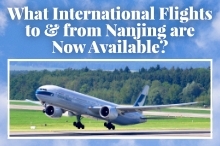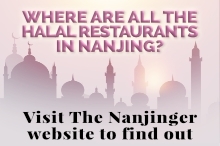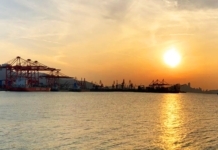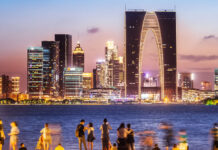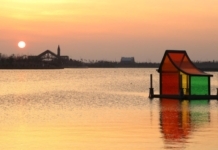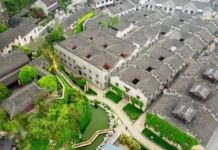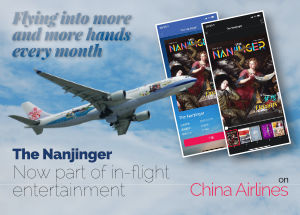Smack bang in the middle of Jiangsu Province, the city of Huai’an has witnessed the birth of the truly great; the most famed and respected of Chinese leaders, as well as the author of one of the nation’s most celebrated books.
First and foremost, that would be Zhou Enlai, the longest-ever serving Chinese Premier from 1949 until his death in 1976. Zhou participated in the 1954 Geneva Conference, the 1955 Bandung Conference and helped orchestrate Richard Nixon’s 1972 visit to China. More recently, in 2014, the scenic area at Zhou’s former residence was rated as a National 5A Tourist Attraction.
Also born in Huai’an was Ming Dynasty author, Wu Cheng’en (1500–1582 CE), who wrote “Journey to the West”, one of the four masterpieces regarded as definitive classics of Chinese literature.
But the city has churned out more than just politicians and writers. For Huai’an is a centre for grain production. Since ancient times, it has been known as “granary of the world”. Today, Huai’an’s grain output amounts to over 5 million tons annually.
With its location in the alluvial plain of both the Yangtze and Yellow rivers, its crisscrossing rivers and lakes also provide for good soil and water quality. With a favourable climate and little pollution, its the perfect spot to grow rice.
And crayfish. Xuyi County, under Huai’an’s jurisdiction, has in recent years become famed as the crayfish capital of the world. As long ago as 2018, Xuyi signed crayfish-related deals worth US$15 million. With crayfish and rice growing in identical environments, local farmers also quickly realised they could effectively double their lands’ yields by growing them together.
The area’s high water table also gave rise to Hongze Lake, and, as long ago as 200 CE, the Hongze Lake Levee, a stone shelter stretching for 60.1 kilometres built along the Lake’s shoreline. Still playing a vital role in guarding the safety of the region today, the Hongze Lake Levee is one of the most important heritage sites on China’s Grand Canal, inscribed as a UNESCO World Heritage Site.
With waster transport playing such a critical role in Huai’an to this day, so too have major, water-related infrastructure projects been advanced solidly in recent years, among which was the reinforcement of the Hongze Lake Levee.
On the private-industry front, many Taiwan-based firms have set up operations in Huai’an on account of favourable policies and generous government assistance, notably Foxconn, the infamous supplier to Apple. Then there is the homegrown success story that is CCGrass, the world’s largest producer of artificial grass, which maintains its first mega factory in Huai’an.
When it comes to transportation, presently under construction is the Huai’an metro network that shall ultimately comprise seven lines on a total track length of 255 kilometres. For the moment though, the city stands distinct for having the first of two long tram lines. With no less than 23 stops across the downtown area and over a track length of 20 kilometres, there is no overhead catenary; trams instead recharge onboard batteries at stops en route.
Huai’an is a bit under 2 hours by high-speed train from Nanjing and less than 3 hours from Shanghai. The city is also served by Huai’an Lianshui International Airport.



